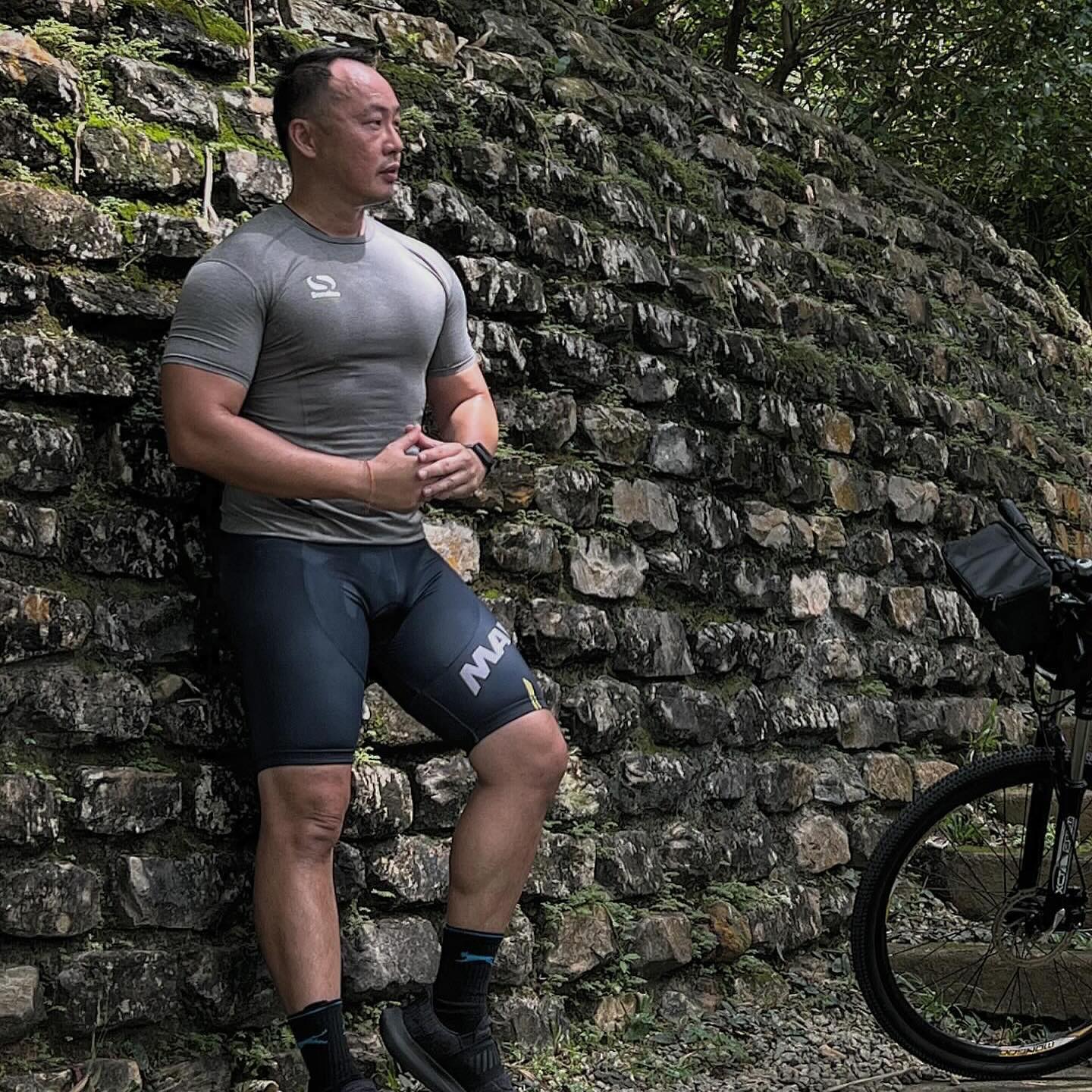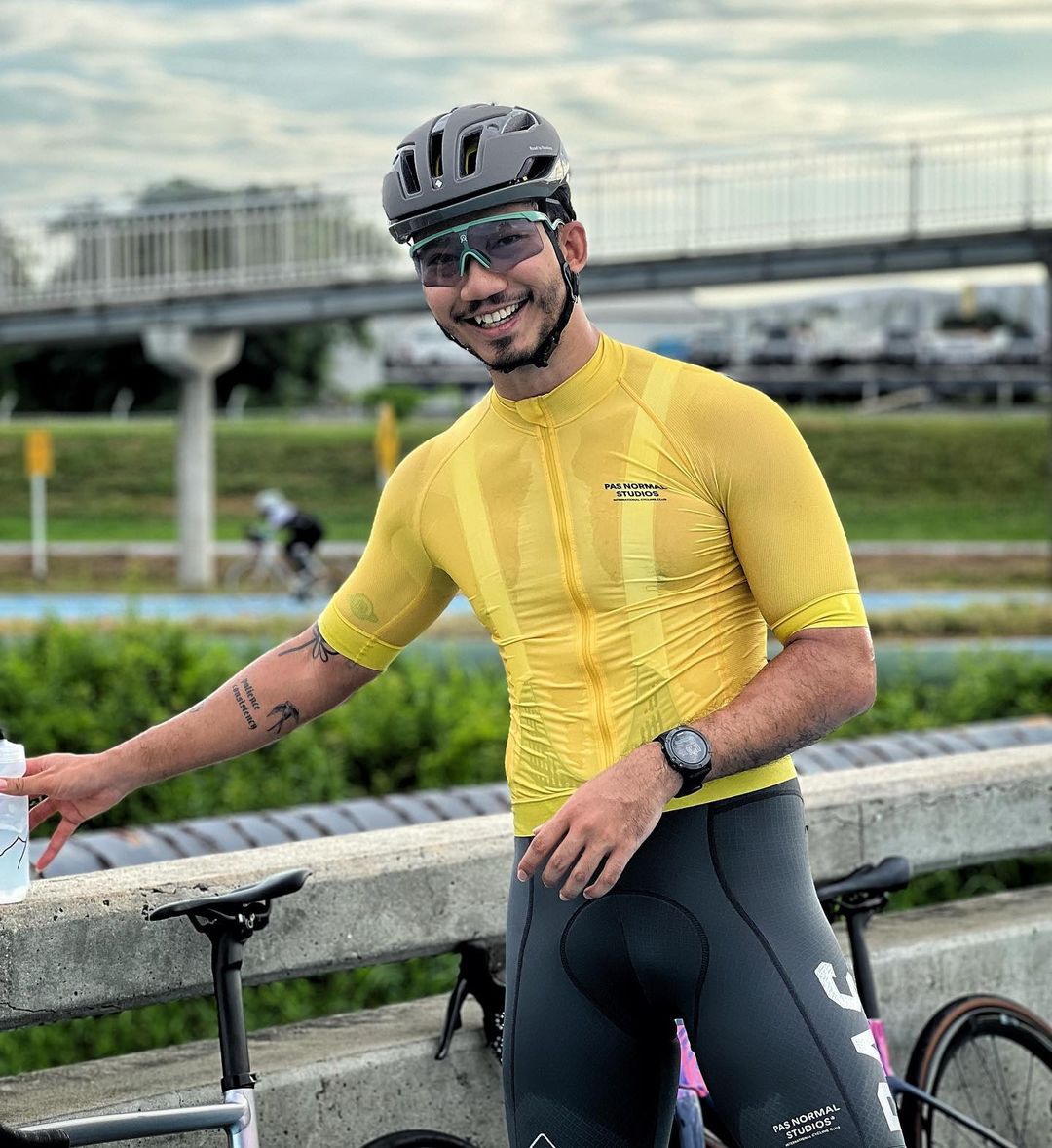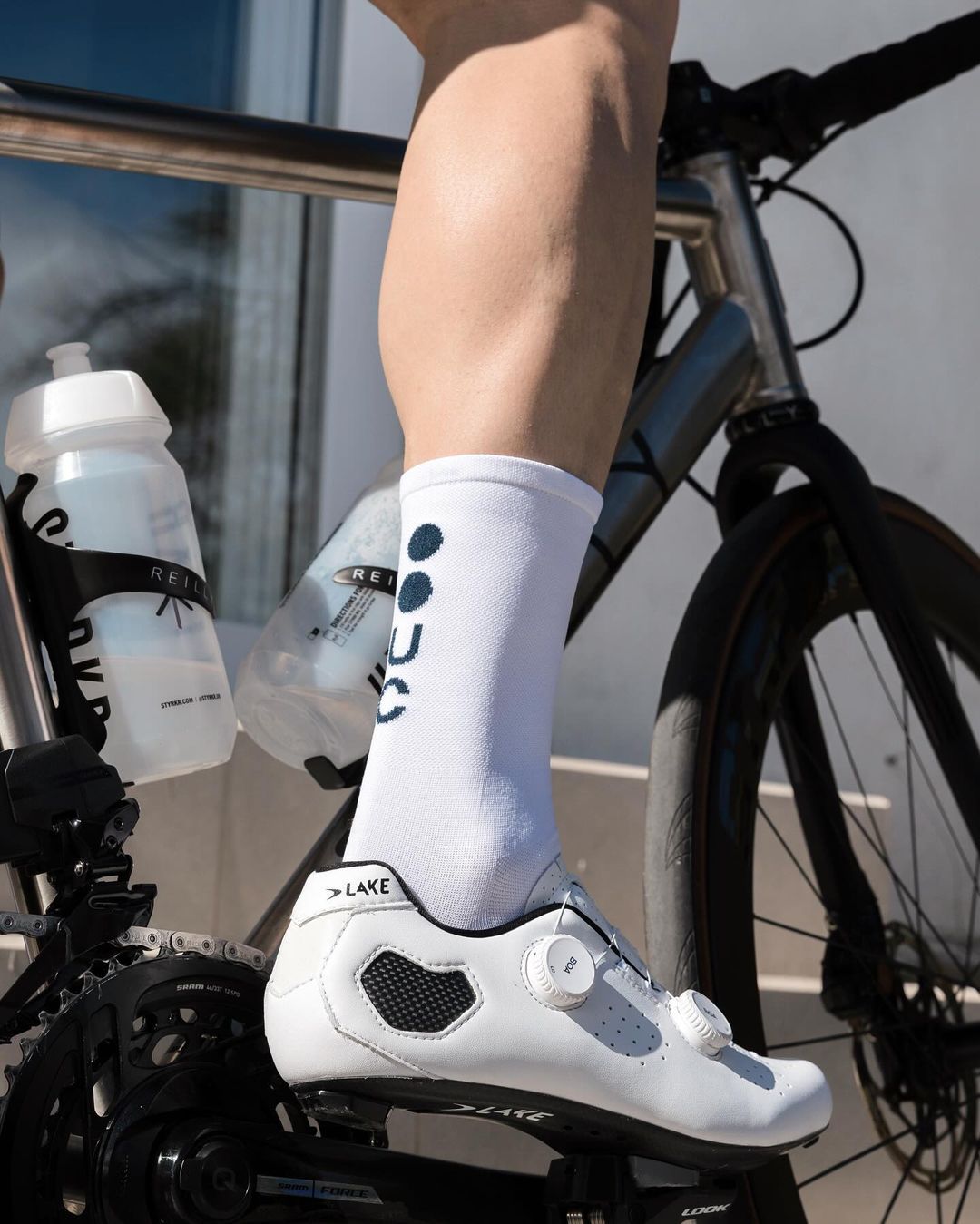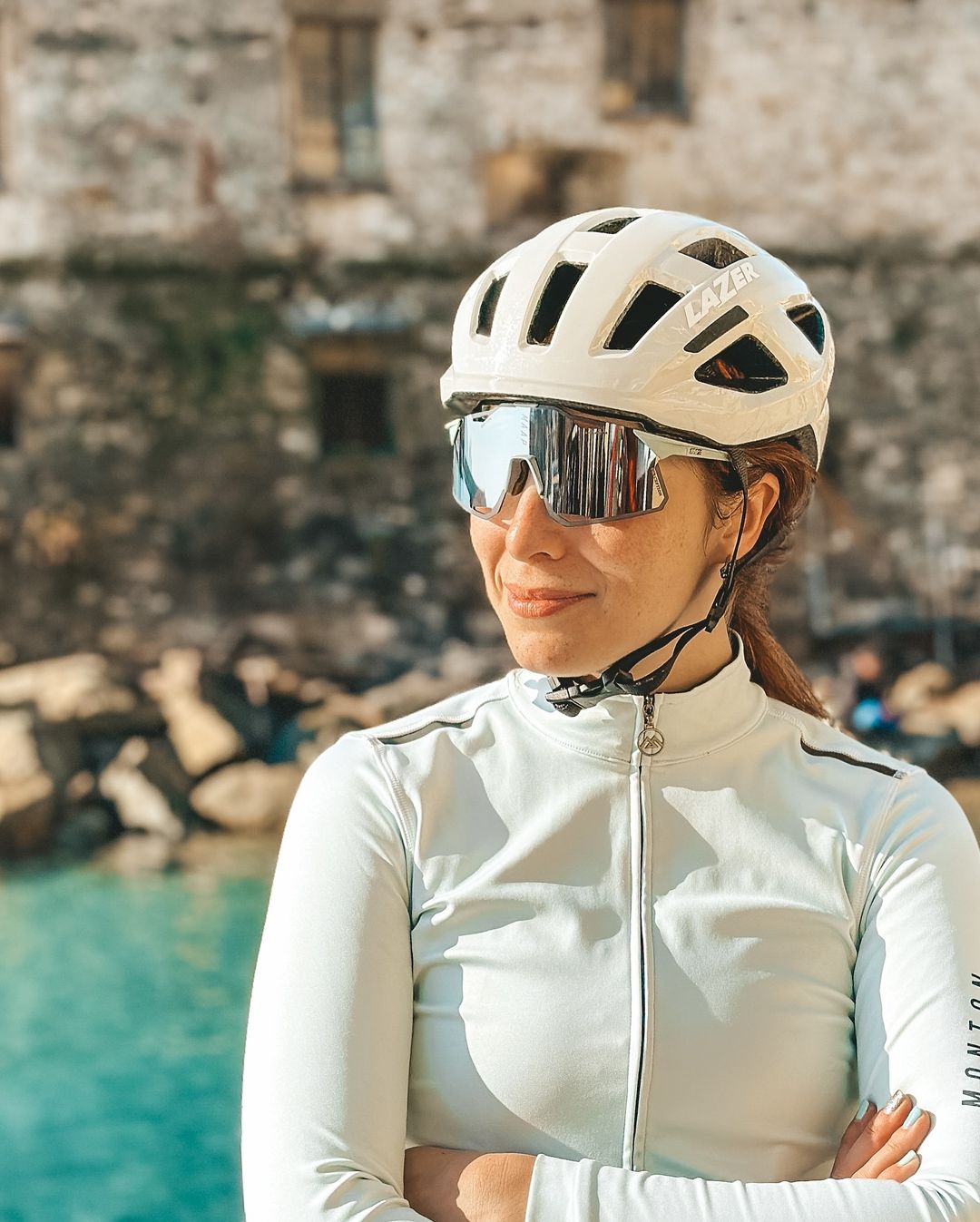Cycling is a great way to stay fit, have fun, and help the environment. But if you’re new to it, you might wonder, “What gear do you need to start cycling?” This guide will help you understand the essential items you need for a safe, comfortable, and enjoyable ride.
From picking the right bike to choosing the proper clothing and safety gear, we’ll cover everything you need to get started.
Key Takeaways
- Select a bike type that suits your intended use and ensure it fits you well to enhance comfort and safety.
- Always wear a properly fitting helmet to protect your head in case of accidents.
- Invest in padded shorts, moisture-wicking jerseys, gloves, and appropriate shoes for a more enjoyable ride.
- Carry water bottles or a hydration pack, along with energy bars or gels, to maintain hydration and energy levels during rides.
- Carry essential tools like lights, reflective gear, a multi-tool for adjustments, and a tire repair kit to handle emergencies and ensure a smooth ride.
Essential Gear for Getting Started with Cycling
If you’re new to cycling, getting started might seem daunting due to the wide range of gear available. Let’s dive into the must-have gear for every beginner cyclist.
1. The Bicycle
Type of Bike
The most crucial piece of equipment is, unsurprisingly, the bike itself. Your choice should depend on your intended use:
- Road Bikes: Designed for speed and efficiency on paved surfaces.
- Mountain Bikes: Built for rugged off-road trails.
- Hybrid Bikes: A mix of road and mountain bikes, ideal for commuting and light trails.
- Gravel Bikes: Versatile for both paved roads and rougher paths.
Bike Fit
Ensure the bike fits you well. A proper fit minimizes discomfort and reduces the risk of injury. Most bike shops offer fitting services to help you find the right size and adjust the bike to suit your body. A professional fitting session might include changing the saddle height and position, handlebar reach, and ensuring the frame size is appropriate for your height and build.
This initial step is crucial as a poorly fitting bike can lead to long-term discomfort and potentially discourage you from cycling.
2. Helmet
Safety is paramount in cycling, and a helmet is the most critical safety gear you’ll need. A helmet protects your head in case of falls or collisions. Look for helmets that meet safety standards (such as CPSC in the US & CE in Europe) and ensure they fit snugly on your head without discomfort. The helmet should sit level on your head and the straps should form a “V” under each ear.
You should also ensure that the helmet doesn’t tilt back, exposing your forehead. It’s also wise to replace your helmet after any significant impact or every few years as materials degrade over time.
READ MORE: 8 Crucial Safety Tips for Urban Cyclists
3. Clothing
Cycling Shorts

Credit: Instagram/@carltks
Padded cycling shorts are a game-changer for comfort, especially on longer rides. The padding, often referred to as a chamois, reduces discomfort by cushioning your sit bones and minimizing chafing. There are different styles, including bib shorts which offer added support by holding the shorts in place with shoulder straps rather than an elastic waistband.
It’s best to wear cycling shorts without underwear to prevent chafing and maximize comfort. Investing in a good pair of cycling shorts can significantly enhance your riding experience by reducing fatigue and discomfort.
Jersey

Credit: Instagram/@more_and_me
A cycling jersey is designed from moisture-wicking fabrics that keep you dry and comfortable by pulling sweat away from your skin. These jerseys typically feature pockets on the back, providing convenient storage for small items like snacks, your phone, or a multi-tool. They come in various styles, including short-sleeve, long-sleeve, and sleeveless options.
Opt for a jersey that fits snugly but comfortably, as a loose jersey can flap in the wind and cause drag, while one that’s too tight can restrict movement. Reflective elements on the jersey can also enhance visibility for safer riding.
Gloves
Cycling gloves serve multiple purposes: they protect your hands from blisters and calluses, provide better grip on the handlebars, and reduce numbness by offering extra padding. They also protect your hands in case of a fall. Gloves come in various styles, including fingerless for warm weather and full-fingered for cooler conditions.
Choose gloves with breathable materials to keep your hands dry and comfortable. The padding in cycling gloves is strategically placed to alleviate pressure on the ulnar nerve, which can cause numbness and tingling in the hands.
Shoes

Credit: Instagram/@grantritchie
Cycling shoes with stiff soles significantly improves power transfer to the pedals compared to regular athletic shoes. This efficiency boost is especially noticeable on longer rides or when climbing hills. If you opt for clipless pedals, you’ll need compatible shoes with cleats that attach to the pedals, providing a secure connection and enhancing your pedaling efficiency.
When choosing cycling shoes, ensure they fit snugly but are not too tight, allowing for some toe movement. Proper ventilation and comfort are also crucial, as hot spots or blisters can ruin an otherwise great ride.
Weather-Appropriate Gear
Depending on your local climate, you’ll need to be prepared for various weather conditions. For cooler temperatures, consider arm and leg warmers, which are easy to remove and store as you warm up. A lightweight packable wind or waterproof jacket can protect you from sudden weather changes. In colder weather, thermal jerseys, base layers, and tights keep you warm by trapping body heat while wicking moisture away.
Layering is key in cycling, as it allows you to regulate your body temperature effectively. For hot conditions, consider breathable, UV-protective clothing to stay cool and protect your skin from sunburn.
4. Hydration and Nutrition
Water Bottles and Cages
Staying hydrated is crucial for any cyclist, regardless of ride length. Invest in one or two water bottles and bottle cages that attach to your bike frame. Bottles with a capacity of 500-750ml are common and sufficient for most rides. Hydration packs, worn like backpacks, are another option, especially for mountain biking or long-distance rides.
They typically hold more water and have a convenient drinking hose. Remember to drink regularly during your ride, even if you don’t feel thirsty, to maintain optimal hydration levels and prevent fatigue.
Energy Bars and Gels
For longer rides, bringing along energy bars, gels or chews can help maintain your energy levels. These are designed for endurance sports and provide a quick source of easily digestible carbohydrates. Look for options that are easy to open and consume while riding. Some cyclists also prefer natural options like bananas, nuts or homemade energy bars.
Whatever you choose practice eating them during training to ensure they agree with your stomach. Proper nutrition before, during, and after your ride can significantly impact your performance and recovery.
5. Safety and Maintenance
Lights
If you plan to ride in low-light conditions, front and rear lights are essential for visibility. Bright rechargeable lights increase your visibility to motorists and other cyclists, helping to prevent accidents. Look for lights with multiple settings, including steady and flashing modes. A good front light illuminates the road ahead, while a rear light makes you visible from behind.
For maximum visibility, consider lights with side visibility features as well. Always ensure your lights are fully charged before heading out and carry spare batteries if necessary.
Reflective Gear
In addition to lights, reflective gear enhances your visibility during dawn, dusk, or nighttime rides. Reflective vests, ankle bands, and bike reflectors can make a significant difference. Many cycling jerseys and jackets come with reflective elements built in. Reflective tape can also be added to your bike or accessories.
The more visible you are to motorists and other road users, the safer you’ll be. Reflective gear is especially important in urban environments with heavy traffic, but it’s also useful in rural areas where lighting might be sparse.
Multi-Tool
A compact multi-tool is a must-have for any cyclist. It allows you to make adjustments and minor repairs on the go. Look for a multi-tool that includes various hex keys (Allen wrenches), screwdrivers, a chain tool, and possibly a Torx wrench, which are common on modern bikes.
With a multi-tool, you can tighten loose bolts, adjust your saddle height, and fix a broken chain, among other tasks. Learning basic bike maintenance skills will give you the confidence to handle minor issues that may arise during your rides.
Tire Repair Kit
Flat tires are an inevitable part of cycling, so being prepared is essential. A tire repair kit typically includes tire levers, a spare tube, and a mini pump or CO2 inflator. Tire levers help you remove the tire from the rim, while the spare tube replaces your punctured one.
A mini pump allows you to inflate the new tube or a CO2 inflator can quickly fill it with compressed air. Practice changing a tube at home so you’re comfortable doing it on the road. A patch kit can also be useful for fixing small punctures in the tube.
READ MORE: How to Use a Tire Pressure Gauge: Step-by-Step Guide
6. Accessories
Bike Lock
A sturdy bike lock is essential if you plan to leave your bike unattended, even for a short period. U-locks and heavy-duty chains offer the best security and are more difficult for thieves to break. When locking your bike, secure the frame and at least one wheel to a fixed, immovable object.
In high-theft areas, consider using two locks for added security. Lightweight cable locks are convenient but not as secure as U-locks or chains. Investing in a good lock can save you the headache and expense of a stolen bike.
Bike Computer or GPS
A bike computer or GPS device tracks your speed, distance, and route, helping you monitor your progress and explore new paths. Basic bike computers display essential metrics like current speed, average speed, distance traveled, and ride time. More advanced models include GPS navigation, heart rate monitoring, and connectivity to apps and social media.
These devices can also help you improve your training by providing detailed performance data. Some cyclists prefer using smartphone apps for tracking, but a dedicated bike computer offers longer battery life and better weather resistance.
Saddle Bag
A small saddle bag attached to your bike seat can store essential items like your tire repair kit, multi-tool, and personal items. Saddle bags come in various sizes, so choose one that fits your needs without being too bulky. In addition to repair tools, you can carry ID, cash, keys, and a phone.
Some saddle bags have compartments for better organization. Having these essentials readily accessible means you’re prepared for minor issues without carrying a bulky backpack. This keeps your bike light and your ride comfortable.
7. Health and Fitness
Heart Rate Monitor
For fitness-focused cyclists, a heart rate monitor is a valuable tool that helps track your cardiovascular performance and ensures you’re training within your target zones. Heart rate monitors come in chest strap and wristwatch styles, with chest straps generally being more accurate.
By monitoring your heart rate, you can gauge the intensity of your workouts, avoid overtraining, and ensure you’re training efficiently. Pairing a heart rate monitor with a bike computer or fitness app provides detailed insights into your performance, helping you optimize your training and achieve your fitness goals.
Sunglasses

Credit: Instagram/@reddy.gingerbready
Cycling sunglasses protect your eyes from UV rays, wind, and debris. Look for shatterproof lenses with good coverage that wrap around your face to block peripheral sunlight and reduce glare. Many cycling sunglasses come with interchangeable lenses for different light conditions, including clear lenses for low light or night riding.
Proper eye protection is essential for comfort and safety, as squinting in bright light or getting debris in your eyes can be hazardous while riding. Anti-fog and ventilation features help maintain clear vision, especially during intense rides or in varying weather conditions.
Conclusion
Starting your cycling journey with the right gear can make all the difference in your experience. By investing in the essentials such as a well-fitted bike, a quality helmet, and appropriate clothing you can ensure that your rides are safe and enjoyable.
Understanding what gear you need to start cycling is crucial for comfort and safety, allowing you to focus on the joy of riding. As you become more comfortable and confident on the bike, you can gradually add more specialized equipment to enhance your performance and experience.
Remember, cycling is not just about the gear; it’s about the joy of riding, exploring new places, and staying active. So, equip yourself properly, hit the road or trails, and enjoy the many benefits that cycling has to offer. Happy riding!
FAQs About Cycling Gear
What type of bike should I choose as a beginner?
Choosing the right bike depends on how you plan to ride. For paved roads and commuting, a road bike is ideal. For off-road trails and versatility, consider a mountain bike or hybrid bike. Gravel bikes are great for mixed terrain. Test different types to see what feels most comfortable for you.
How do I know if a helmet fits correctly?
A properly fitting helmet should sit level on your head and cover the top of your forehead. The straps should form a “V” shape under each ear, and you should be able to fit no more than two fingers between the strap and your chin. Adjust the helmet’s fit system for a snug, comfortable fit.
Why are padded cycling shorts important?
Padded cycling shorts, also known as chamois shorts, provide cushioning and reduce friction between you and the saddle. They help prevent saddle sores and discomfort on longer rides by absorbing moisture and reducing pressure on sensitive areas.
What should I look for in cycling shoes?
Cycling shoes should have stiff soles to improve power transfer to the pedals. Choose shoes that fit snugly but comfortably, allowing some room for your toes. If using clipless pedals, ensure the shoes have compatible cleats for a secure connection.
What essential tools should I carry on every ride?
Always carry a basic toolkit including a multi-tool with Allen wrenches, screwdrivers, and a chain tool. A tire repair kit with tire levers, spare tubes, and a pump or CO2 inflator is essential for handling punctures.


